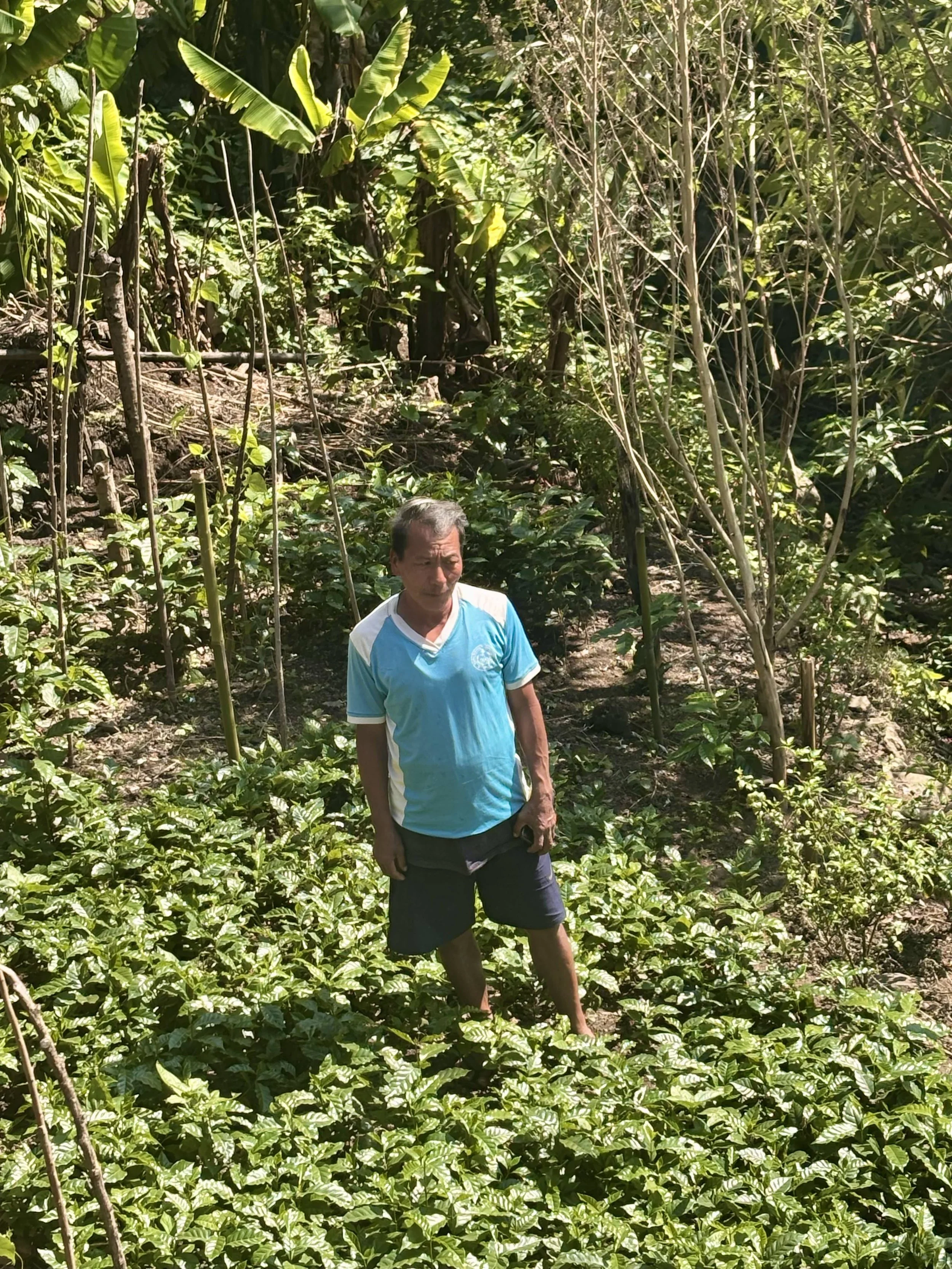Over the last few months, something genuinely uplifting has been happening in the hills of Nawalparasi East. Thanks to your support, the From Surviving to Thriving Project has continued to build momentum, helping farming communities grow in confidence, skill and optimism. What began as a bridge between projects has quickly become a season of real progress and renewed hope.
Across 11 villages, farmers have been gathering for lively follow-up meetings and hands-on coaching sessions. These gatherings are far more than routine check-ins — they are spaces where people plan together, share what’s working, solve challenges, and take collective pride in how far they’ve come. This quarter, those conversations led to timely planting, better field preparation, and stronger understanding of how to care for both newly planted coffee saplings and existing orchards. It has been wonderful to see farmers taking increasing ownership of decisions and supporting one another in the process.
One of the most encouraging achievements has been the planting of more than 10,000 new coffee seedlings by 179 households. Even more inspiring is that nearly one in five seedlings were grown by the farmers themselves in their own nurseries. This shift — from relying on project seedlings to producing their own — shows a deepening level of confidence and long-term commitment. New saplings have gone into prime land, often intercropped with fruits, fodder trees and vegetables, creating healthier soils and more resilient farms for the future.
Regular field visits by HICODEF’s team have ensured that every nursery and field received the guidance it needed. Most nurseries are flourishing, and farmers are embracing intercropping models that help protect the soil and improve food security. A few of the newer nurseries had lower germination rates due to their late establishment, but this has already informed changes for the next season — another example of how quickly communities adapt and improve.
As coffee cultivation expands, farmers are beginning to request new tools and equipment to match their growing ambitions. Many still pulp their coffee cherries manually, and with production increasing, improved machinery will make a real difference. There is also growing interest in irrigation support, better drying spaces and simple storage structures to protect the quality of parchment coffee. These requests are a positive sign: people believe in the future of coffee in their villages and are ready to invest their energy into doing things well.
With so much progress on the ground, the next step is to strengthen links with markets and value chains so that farmers can earn more from their efforts. The quality, and volume, of coffee is improving year on year, and documenting this visually over coming months will help celebrate success and attract attention from buyers, government officials and future supporters.
None of this would be possible without your backing. Your support is helping mountain communities in Nepal shift from surviving to genuinely thriving, transforming their land, strengthening their resilience and building livelihoods that can stand strong in a changing climate. Every sapling planted, every successful nursery bed, and every shared moment of problem-solving in a village meeting is a testament to the difference you are making.
Thank you for believing in this work — and in the farmers who are leading the way. The months ahead promise even more growth, and we’re delighted to be on this journey with you.


